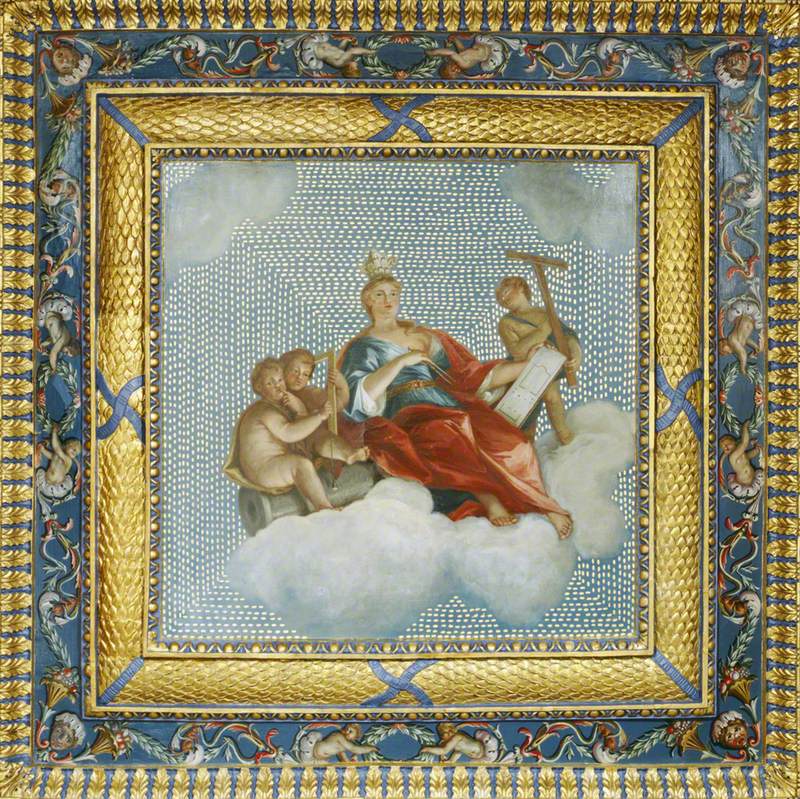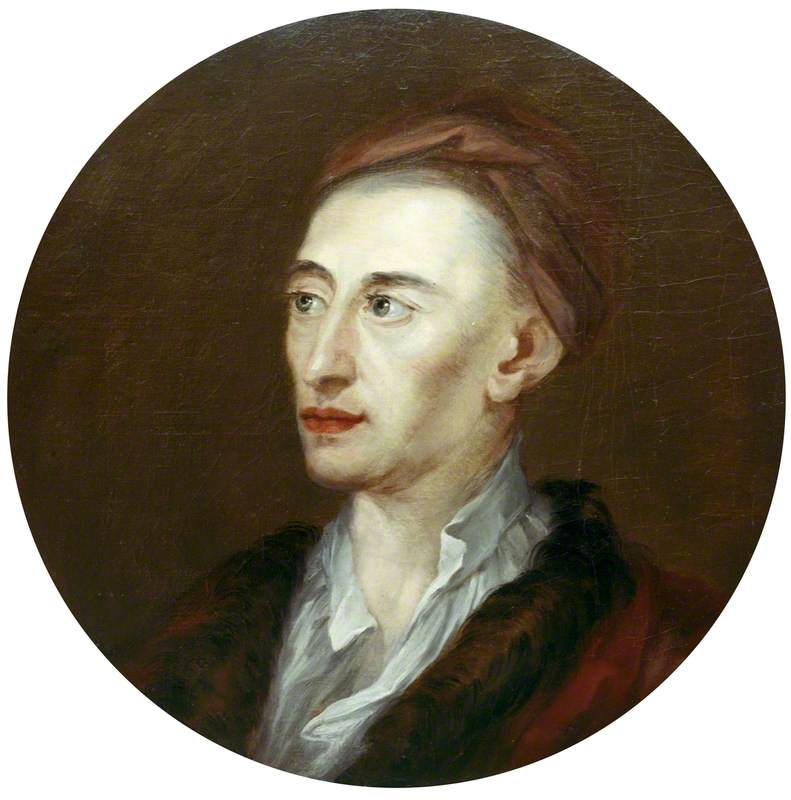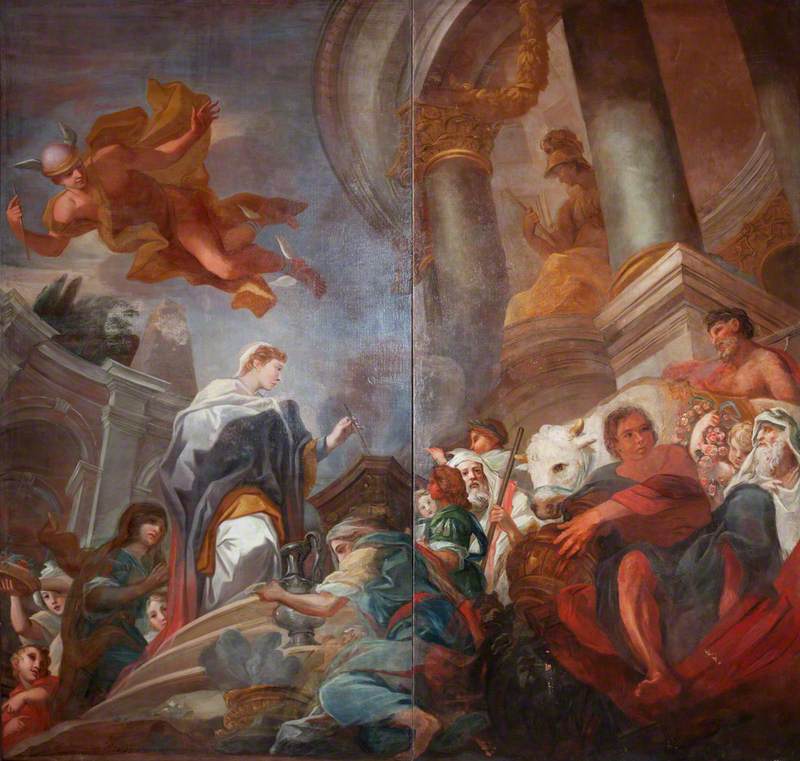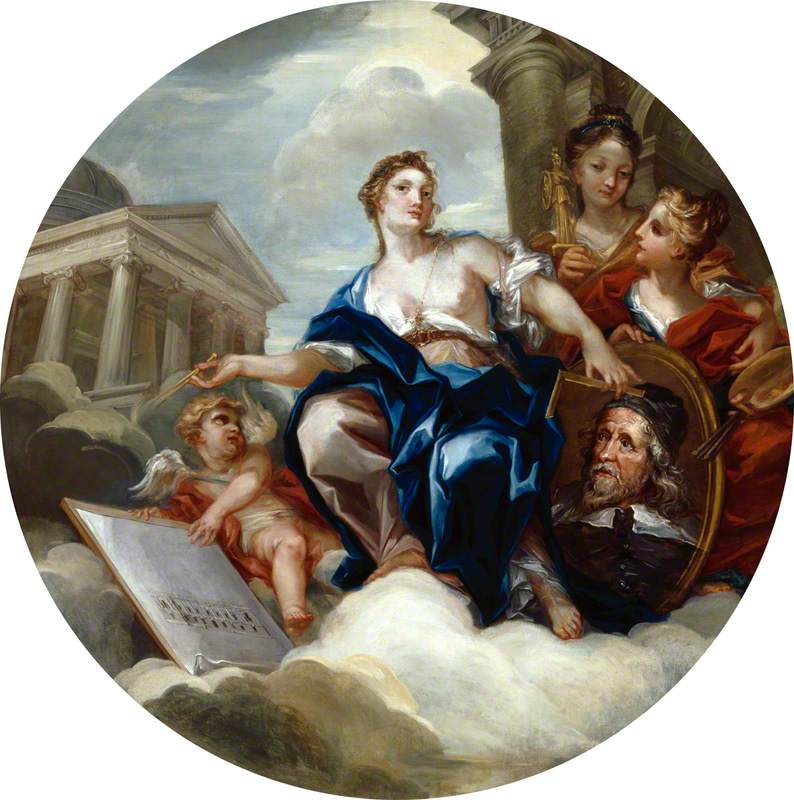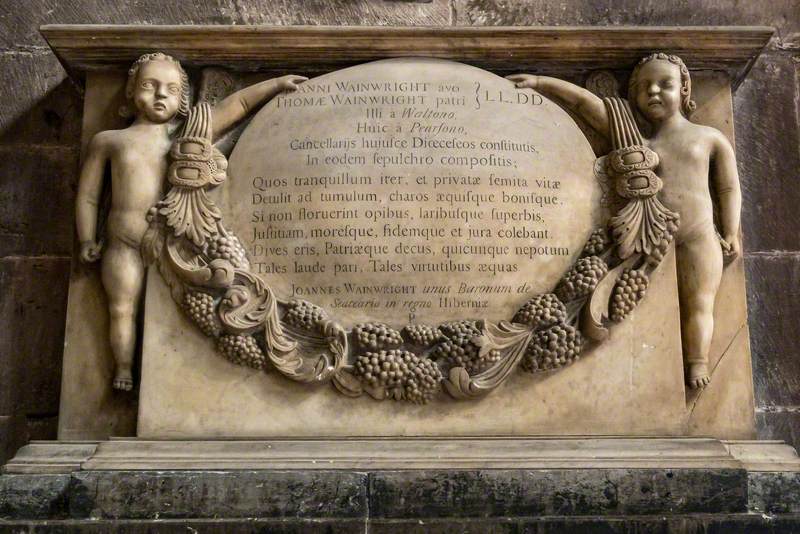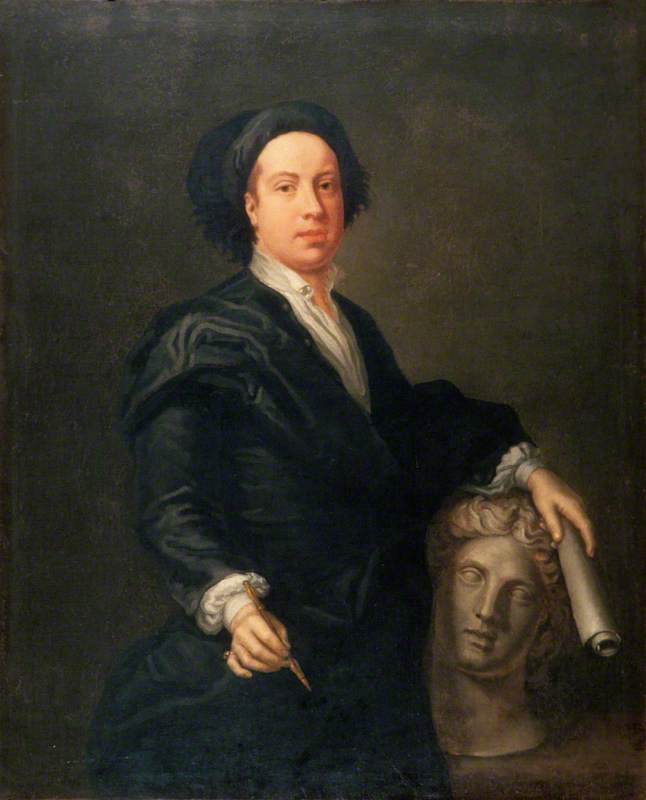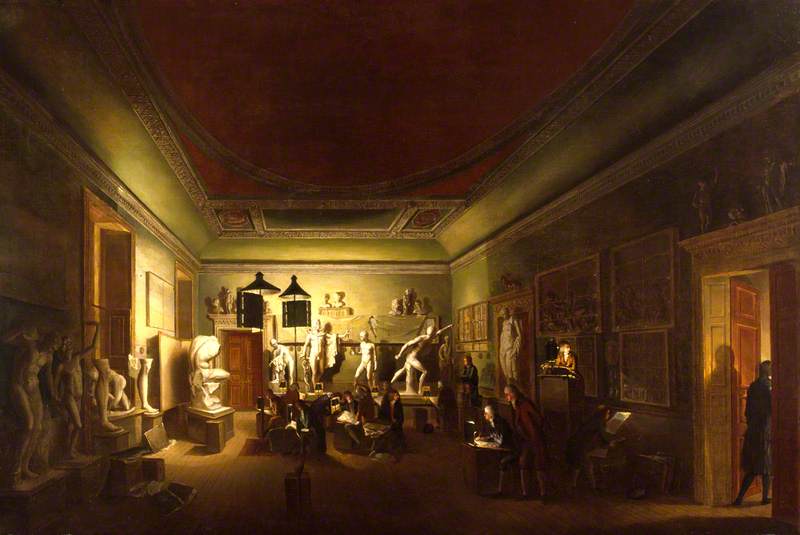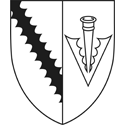William Kent was probably born in 1685 and also probably in or near Bridlington in Yorkshire where his father was a joiner. He was baptised William Cant [the surname of his parents] in St. Mary's Church, Bridlington, on 1 January 1686. Little is known about his early life.
In October 1709 he left England for Italy. where he subsequently remained for over ten years. By this time, he had already changed his surname to Kent. During his long sojourn in Italy he trained for a number of years with the painter Giuseppe Chiari (1654–1727) and attended painting classes at the Accademia di S. Luca. By 1714 he had become increasingly interested in architecture and in 1718 he wrote to a friend that he was drawing “continualy ornements and archetecture … things yt I think will be necessary for use in England”, And in another letter of 1719 he wrote about his increasing interest in the work of Palladio, however more than a decade passed before he designed an architectural exterior.
Kent arrived back in England in 1719 and thereafter his career developed four distinct strands: painting, furniture and ornamental design, architecture, and landscape and garden design, and he excelled in each of these fields.
The Dictionary of National Biography provides a comprehensive overview of Kent’s work in each of these fields. A Biographical Dictionary of British architects 1600-1849 (New Haven and London: Yale University Press, 4th edition, 2008 pp. 615-619) contains a detailed list of his public buildings. His contribution to landscape and garden design is discussed in ‘William Kent as landscape gardener: a re-appraisal’ by Kenneth Woodbridge in Apollo, vol.100, no.150, August 1974, 126–37. See also the Parks & Gardens website, the Great British Gardens website, and William Kent: Landscape Garden Designer: An Assessment and Catalogue of His Designs by John Dixon Hunt (London: Sotheby Parke Bernet Publications, 1988). For his work as a painter, see the Royal Academy site and the ART UK website; and for a discussion of his work as a furniture and decorative designer see 'Some William Kent Furniture' by Joseph Downs Bulletin of the Pennsylvania Museum vol.24, no.125, February 1929, pp. 2, 12-19 [available through JSTOR], and the V&A website William Kent: designing Georgian Britain.
He died at Burlington House in Piccadilly, London on 12 April 1748.
Text source: Art History Research net (AHR net)


